Last Chance to Catch NYC's Holiday Notalgia Train
We met the voices of the NYC subway on our nostalgia ride this weekend!

Once graveyards in New York City, these locations are now well-known parks, parking lots, and apartments!

In New York City’s earliest days, Wall Street was the site of a wall constructed to keep the British out, Canal Street was a canal, and the rest of the Island was the countryside. As the City expanded northward, it enveloped and urbanized its rural backyard. However, the bucolic landscape of Manhattan was not the only thing to be overtaken by the encroaching City. The Island’s cemeteries were also evicted, ever northward, and finally banished to the outer boroughs.
Presented below is a roundup of some of Manhattan’s former cemeteries.

Madison Square Park, named after James Madison, was opened to the public in 1847. The land was home to a military parade ground, a United States Army Arsenal, and a House of Refuge for juvenile delinquents. Between 1794 and 1797, the land was also home to a potter’s field (a common burial ground for those unable to afford burial in another cemetery or for those who died unknown), after which it moved to Washington Square Park.

Washington Square Park became a public park in 1827. The park, located in the Village and surrounded by NYU, was once home to a graveyard. In 1797, the land was acquired by the Common Council for use as a potter’s field and a place for public executions. Some historians think that the land might also have been used as a cemetery for one of the adjacent churches, as headstones have been unearthed in the park. According to the Bowery Boys, over 20,000 people are likely still buried in the Park out of as many as 125,000 people who might have been buried there.
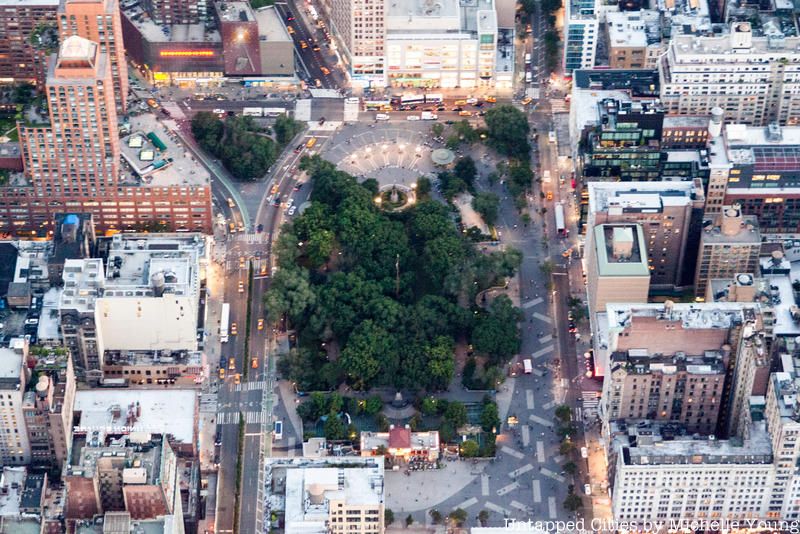
Union Square Park has had an illustrious past. The completion of the Croton Aqueduct was celebrated there, the funeral processions of Presidents Andrew Jackson and Abraham Lincoln passed through, and the first Labor Day parade was held there. Prior to becoming a park at the union of Bloomingdale Road (Broadway) and the Bowery (Fourth Avenue), the land served as a potter’s field until 1807. It is possible that when the Commissioner’s grid was being planned, it created Union Square out of the remains of that potter’s field.
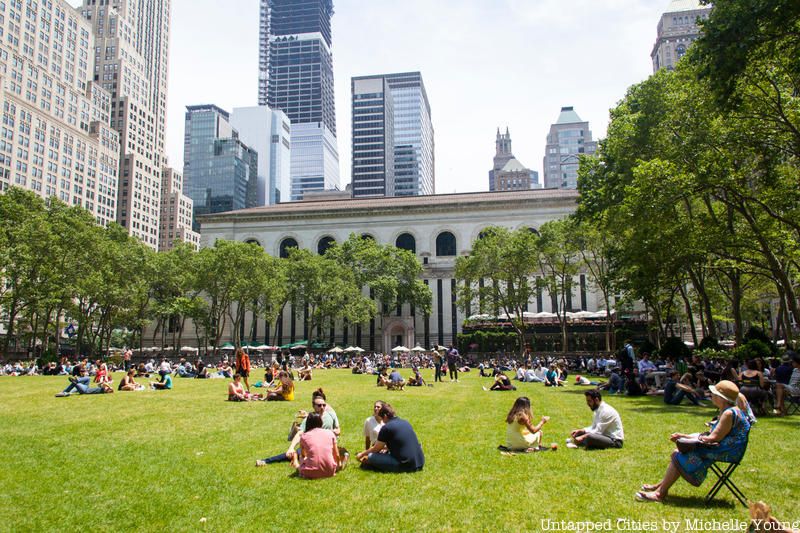
Designated a public space since the seventeenth century, Bryant Park became a potter’s field in 1823. It remained a burial ground until 1840, when the space was transformed into the Croton Distributing Reservoir, whose remnants can still be seen inside the main branch of the New York Public Library. In 1884, the land was renamed in honor of William Cullen Bryant, the noted poet, abolitionist, the New York Evening Post editor, and naturalist.

The land on which the Waldorf-Astoria hotel now sits was the City’s potter’s field, after its former location at Bryant Park was co-opted by the Croton Distributing Reservoir. When the land on Park Avenue was granted to the Women’s Hospital in 1857, over 100,000 remains were transferred to Ward’s Island. (From there the potter’s field was moved to Hart Island where it still exists today). The Waldorf-Astoria hotel was later constructed on the site in 1931.
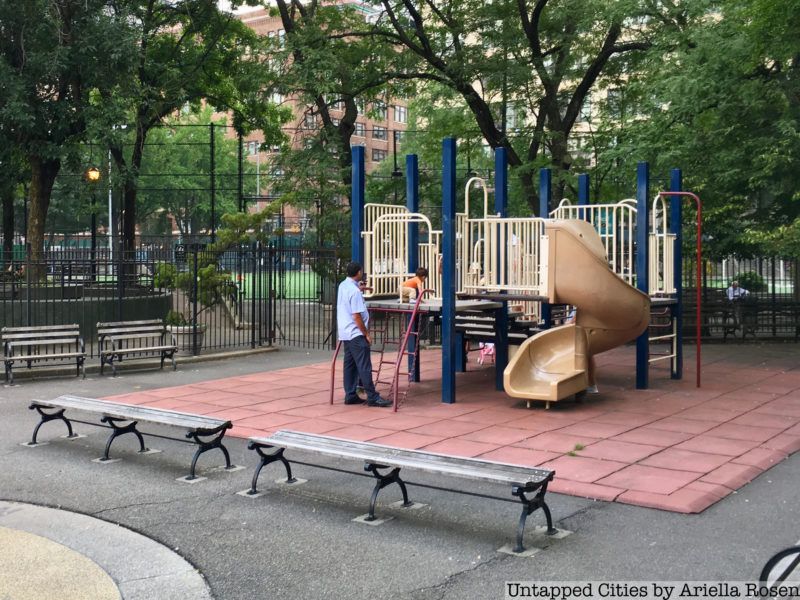
James J. Walker Park (or Jimmy Walker Park) in the West Village today features recreational fields and courts. In a previous incarnation, the park contained a beautiful Italianate sunken garden, lagoon, and gazebo, all designed by the firm Carrere and Hastings. Before becoming a park, the land was once St. John’s Cemetery, the burial ground for Trinity Church. While the graves were supposedly relocated to 155th and Broadway, the Daytonian in Manhattan blog claims that most were not: “Under the feet of scores of children playing ball and frolicking in a water spray, approximately 10,000 bodies lie forgotten.”

In 1929, New York City purchased the land on the Lower East Side where Sara Delano Roosevelt Park is now located to widen Chrystie and Forsythe Streets and to construct low-cost housing. That plan was never realized, and in 1934, a park was constructed and named after Franklin Delano Roosevelt’s mother. Today, the park contains the M’Finda Kalunga Garden. The garden was named in memory of an African American burial ground that was located adjacent to the park on Chrystie Street, between Rivington and Stanton Streets. The land served as the City’s second African American burial ground between 1794 and 1853 when the remains were disinterred.

In the seventeenth and early eighteenth centuries, gallows were erected in what is now City Hall Park and countless executions occurred there. During the 1999 restoration of the Park, archaeological excavations uncovered burials and led to the belief that City Hall Park was also once home to a potter’s field. These buried are commemorated with a plaque near the statue of Horace Greeley.

St. Mark’s Church in the Bowery is the oldest site of continuous worship in New York City and the second-oldest church in Manhattan. In 1803, Peter Stuyvesant IV donated a plot east of Second Avenue (between Eleventh and Twelfth Streets) for use as a cemetery. The burial ground was used until 185,1 and in 1864, the bodies were reinterred in Evergreens Cemetery in Brooklyn. In the 1920s, Frank Lloyd Wright was commissioned to design three high-rise apartment towers to rise over the grave of Peter Stuyvesant, which never left the drawing board.
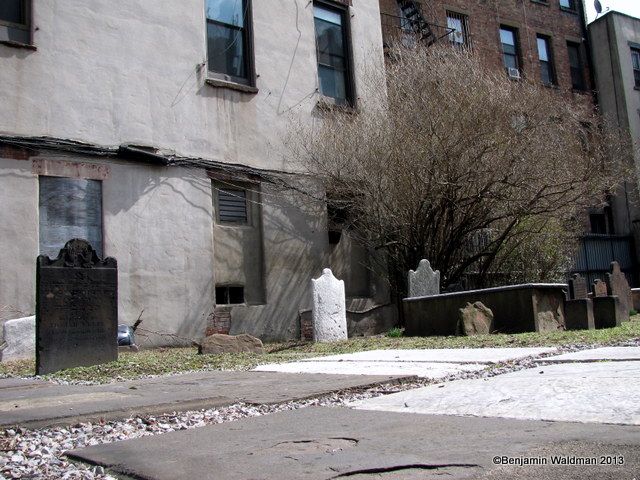
Congregation Shearith Israel (Remnant of Israel), informally known as the Spanish and Portuguese Synagogue, was founded in 1654. It was the first Jewish congregation to be established in North America. The synagogue was first located in rented quarters in Mill Street and its first cemetery was possibly located in a corner of the African Burial ground, though no one is completely certain where it was located. In 1682, the synagogue purchased land at Chatman Square. Over the years, segments of the graveyard were taken by adjacent developments. For example, in 1855, 256 graves had to be moved to make room for the expansion of the Bowery.
In 1823, Eleventh Street became the Synagogue’s next cemetery location. By 1830, the grid reached Eleventh Street and the cemetery fell victim to the surrounding development. The Synagogue moved its cemetery to Twenty First Street just west of Sixth Avenue, in 1829. In 1851, the New York City prohibited burial in Manhattan below 86th Street and the Synagogue’s cemetery emigrated to Queens. Today, remnants of three of the cemeteries can still be seen.

In 2008, when the New York City Department of Transportation was working on the Willis Avenue Bridge, construction workers discovered body parts while digging. The land was once part of the Elmendorf Reformed Church’s Cemetery. The site is currently occupied by the MTA’s 126th Street Bus Depot, which was originally built by the Third Avenue Railway in 1947.
The Harlem African Burial Ground Task Force was formed a year later to advocate for recognition of the site's historical significance. A memorial and mixed-use development project is currently in the works.
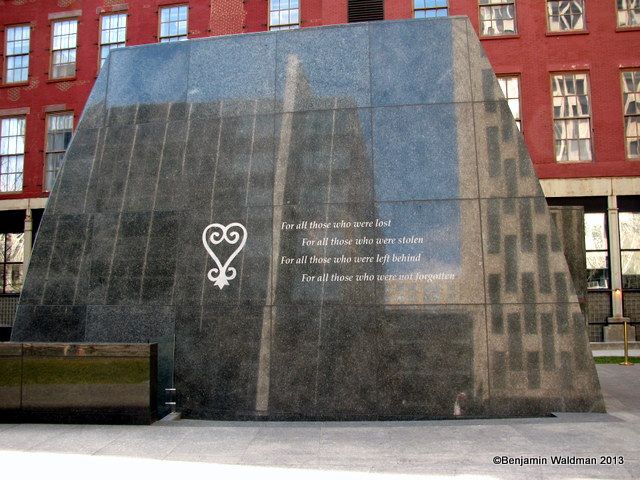
In 1991, during the construction of a new federal office building at 290 Broadway, workers uncovered human remains. The General Services Administration was faulted for not liaising with the local community and continuing construction. Eventually, as a result of the direct intervention of Congress, the GSA revised its plans. In 2006, President George W. Bush designated the site the 123rd National Monument. The African Burial Ground National Monument was created to preserve the memory of the 6.6 acre burial ground located on that site from about the 1690s until 1794. At that time, the site was located outside the boundaries of the City.

Nearly 1,000 men, women, and children are believed to rest below the pavement of the parking lot at 1440 Forest Avenue in Staten Island. Before being paved over in the 1950s, this area was the site of the Second Asbury AME Church and accompanying Cherry Lane Cemetery, an African burial ground that served as the final resting place of local African American residents and former slaves. Long forgotten in the records of history, Cherry Lane received overdue recognition in 2023 when Livermore Avenue in Port Richmond was co-named Benjamin Prine Way.
Benjamin Prine was the last living person on Staten Island to have been born into slavery. He was reportedly 106 years old at the time of his death in 1900. Though forgotten in the afterlife, he was a well-known figure in the 19th century. When he died, he received an obituary in the New York Times and in newspapers in other states.
Originally published July 12, 2013, Update October 27, 2025
Subscribe to our newsletter